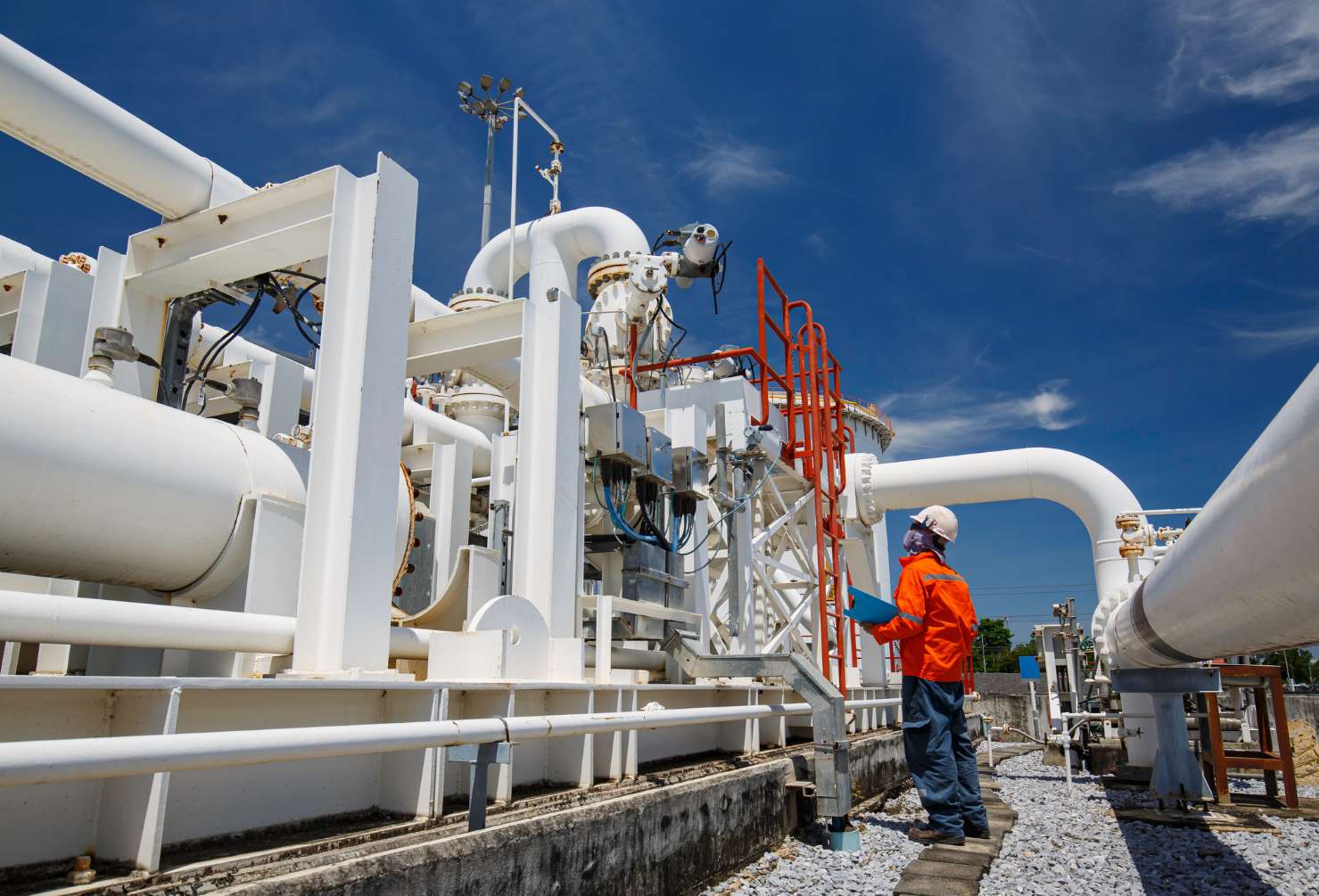
The offshore oil and gas industry has always been built on experience. But in 2025, that experience is more valuable than ever. With the workforce aging, project activity increasing and new LNG and gas fields coming online, there is growing demand for skilled frontline leaders and a major shift happening from rig to room.
Workers who’ve spent years on the tools are now moving into roles that require strategy, oversight and leadership. This transition isn’t just a career milestone, it’s a necessary evolution for the industry.
Why Now? The Drivers Behind the Shift
1. Generational Turnover
As many seasoned supervisors and superintendents begin to retire, the need for strong replacements from within the ranks is accelerating. Companies are looking inward for candidates who understand operations, safety culture and technical complexity.
2. Project Volume and Complexity
New builds like Scarborough, Barossa and brownfield scopes like North West Shelf Life Extension are putting pressure on teams to be faster, safer and more efficient. Frontline leadership is key to managing this.
3. Focus on Operational Excellence
From drilling campaigns to shutdowns, there is a renewed focus on reducing downtime, improving communication and enhancing workforce engagement. All of this starts with strong site-based leaders.
The Most Common Leadership Pathways Offshore
Transitioning from tools to leadership isn’t always a straight line, but here are the most common progressions we’re seeing in 2025:
- Tradesperson ➔ Leading Hand ➔ Supervisor
- Roustabout/Floorhand ➔ Derrickman ➔ Driller ➔ Toolpusher
- Operator/Tech ➔ Control Room ➔ OIM/Onshore Ops Manager
Many of these transitions begin informally, with senior workers stepping up on swings, running toolbox talks or mentoring new starters before formally applying for higher-level roles.
What Skills Make the Difference?
While technical knowledge is a strong foundation, the shift into leadership requires a new skillset.
1. Communication
Whether it’s running pre-starts, escalating issues or giving feedback, clear and confident communication is essential. Leaders need to speak the language of both the crew and management.
2. People Management
Great leaders understand how to motivate a crew, manage personalities and build trust. Conflict resolution, roster planning and mentoring all come into play.
3. Safety Ownership
It’s no longer just about following procedures. Leaders must set the tone for safety, make judgment calls and foster a culture of accountability.
4. Digital Literacy
With more systems going paperless, leaders increasingly use tablets and apps for permits, reporting and workforce planning. Being tech-savvy is a growing advantage.
How to Prepare for the Step Up
If you’re thinking about making the jump from tools to leadership, here are some tips:
1. Start with Informal Leadership
Offer to run toolboxes, support new starters or manage day-to-day workflows. Leading by example often opens the door to formal promotion.
2. Get Feedback and Mentorship
Ask your current supervisor or superintendent for feedback on where you stand and what skills you need to develop. Many leaders are willing to mentor the next generation.
3. Invest in Qualifications
While experience counts, formal credentials help. Consider:
- Cert IV in Leadership and Management
- Safety Representative Courses
- Permit to Work and Isolation Coordinator Training
These can be done online or as part of RTO programs during R&R.
4. Practice the Paperwork
Leadership often means more admin: permits, reports, inspections and timesheets. Start learning the systems now so you’re ready to hit the ground running.
Challenges in the Transition
Moving into leadership isn’t always smooth. Common challenges include:
- Imposter syndrome: Feeling unprepared, especially when managing former peers.
- Work-life balance: Supervisors often have extended hours, even on R&R.
- Paperwork pressure: Leadership roles come with admin overheads that can feel overwhelming at first.
The good news? Most of these get easier with time and support.
What Employers Are Looking For
Many energy companies now actively promote leadership from within. Here’s what they value most:
- Consistent performance and reliability
- Visible safety leadership
- Strong peer relationships
- Willingness to upskill and adapt
Some even offer fast-track programs, rotating workers through planning, logistics and operational support to build leadership capability.
How Enxgy Supports Emerging Leaders
At Enxgy, we’re seeing growing demand for:
- Step-up supervisors
- HSE team leads
- Permit coordinators
- Maintenance planners with trade backgrounds
We work with contractors and operators to place experienced field workers into their first leadership roles and help them grow from there.
We also provide:
- Career coaching for mid-career transitions
- Upskilling recommendations tailored to your goals
- Job alerts that highlight emerging team lead opportunities
Final Thoughts
The oil and gas workforce is evolving and leadership opportunities are expanding. If you’ve got the experience, the attitude and the drive to step up, there has never been a better time to move from rig to room.
You don’t need to be perfect, just prepared.
At Enxgy, we’re here to help you map your next move, get leadership-ready and find roles that match your ambition.
Thinking about taking the next step in your oil and gas career? Follow Enxgy on LinkedIn or visit enxgy.com for new job alerts, career insights and support.





